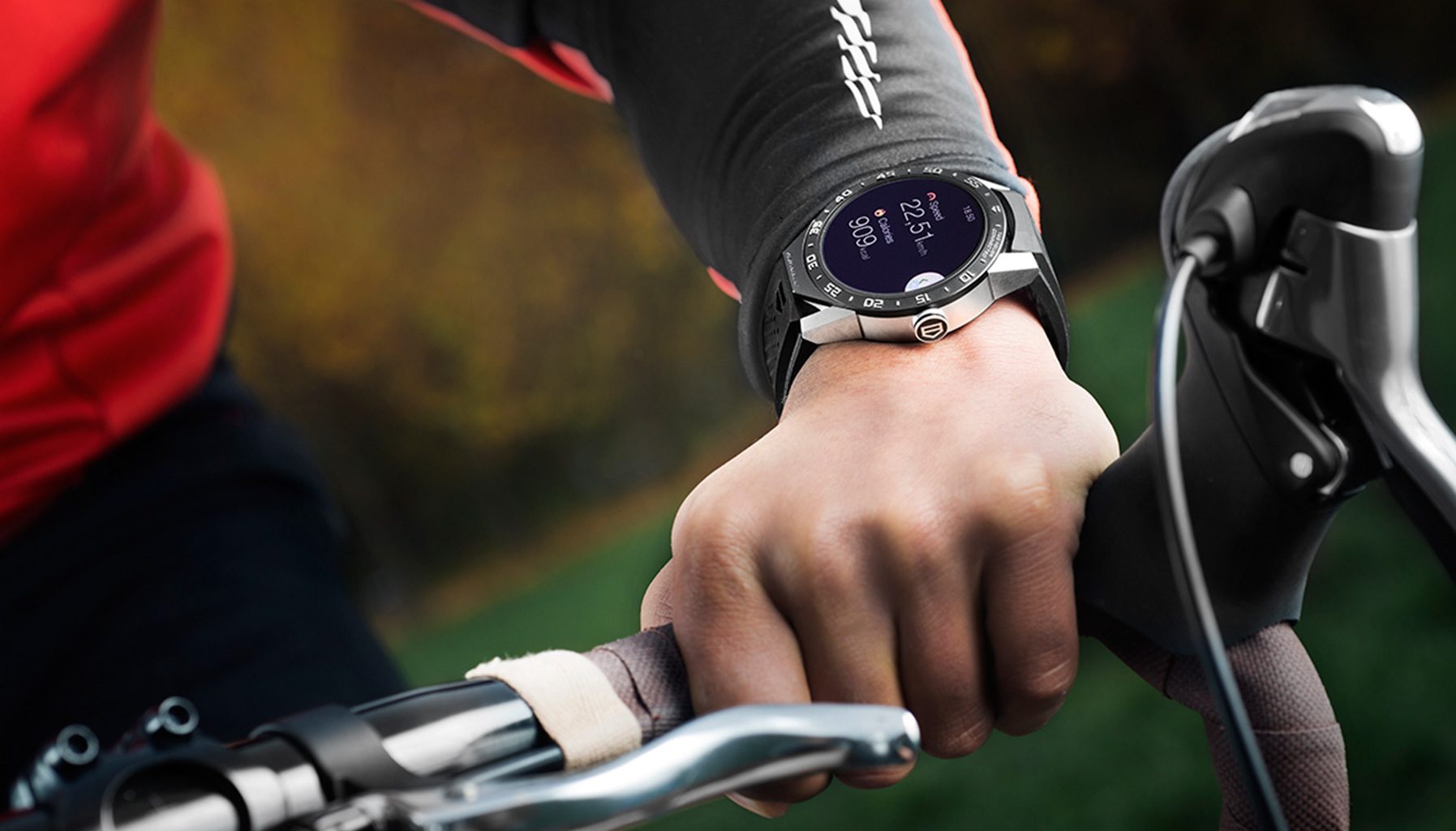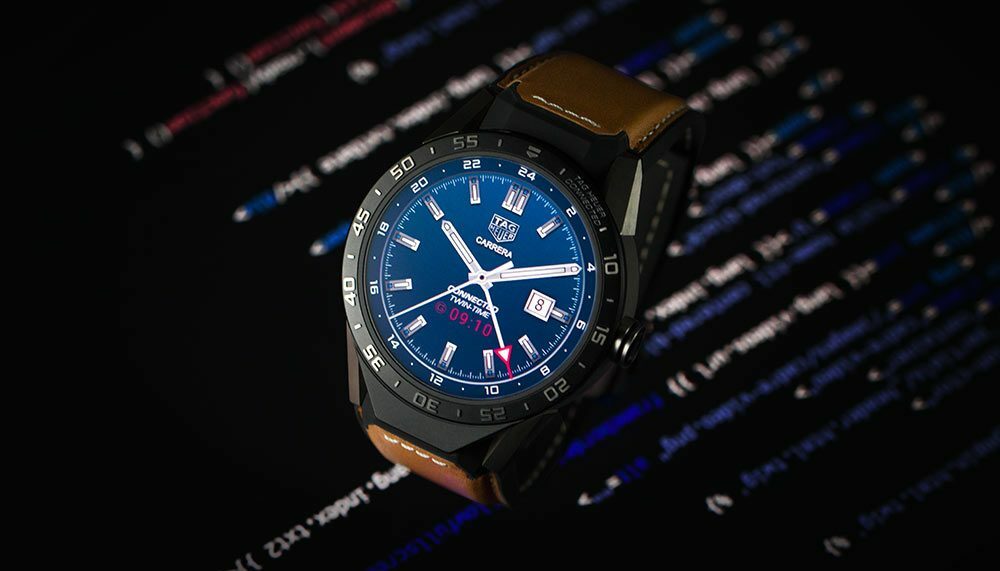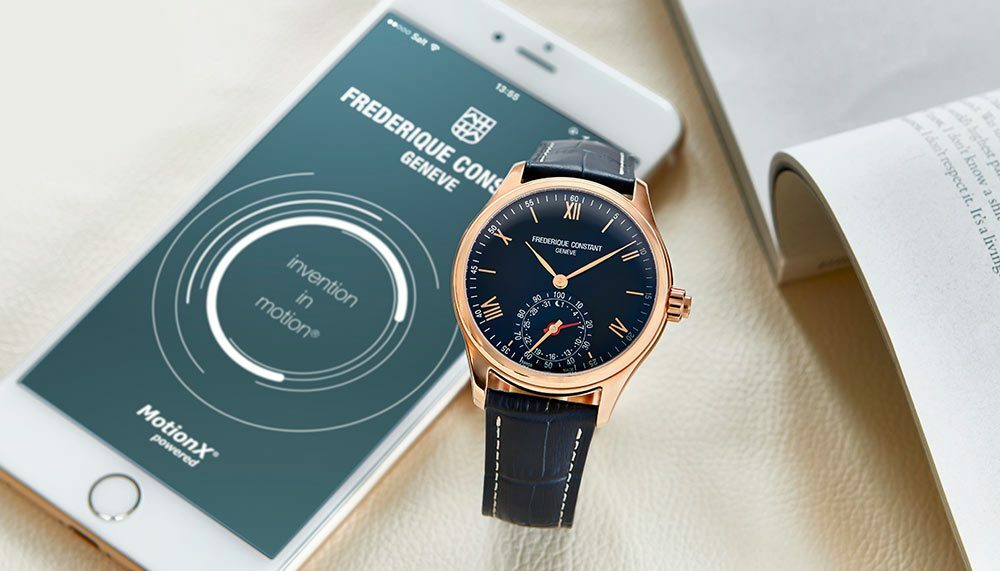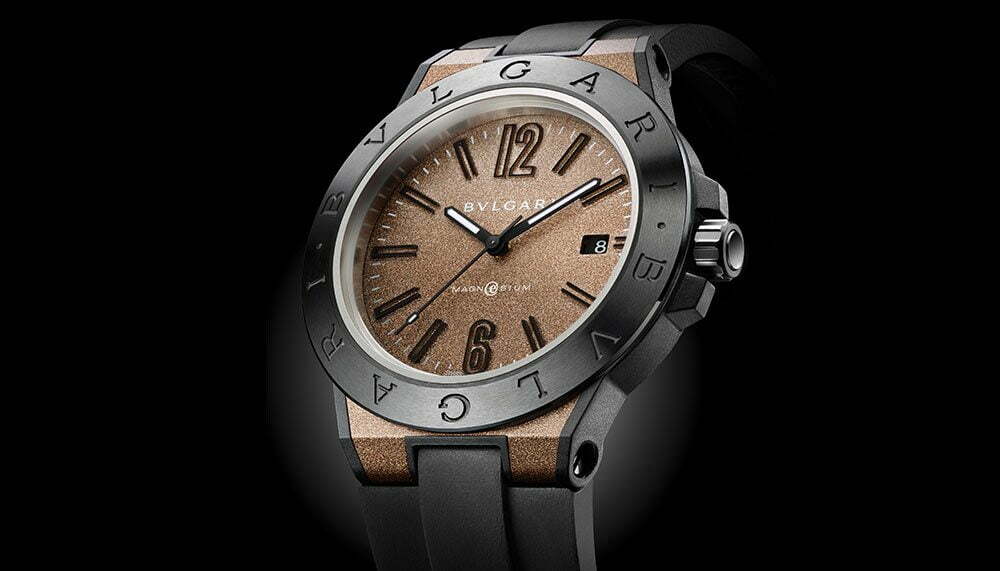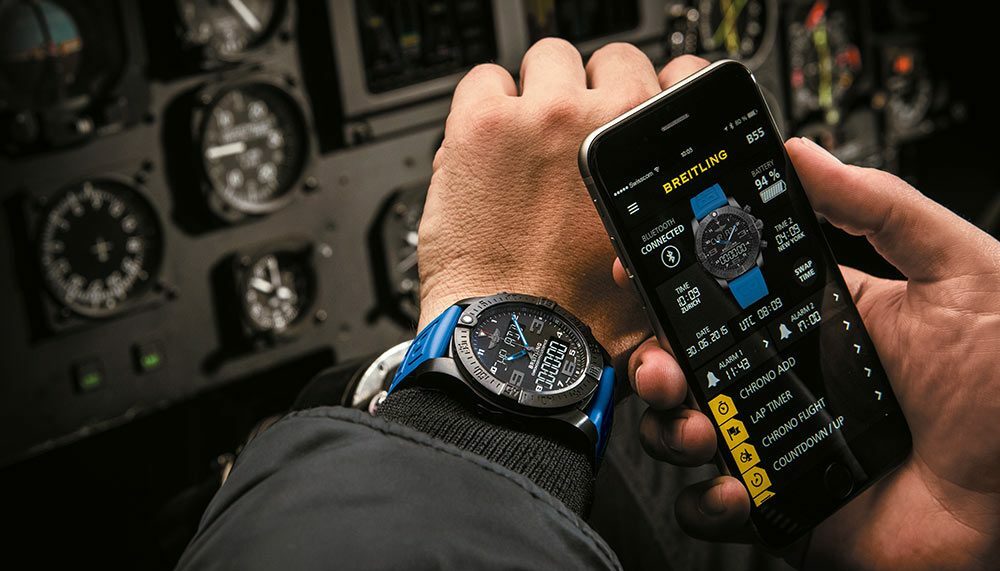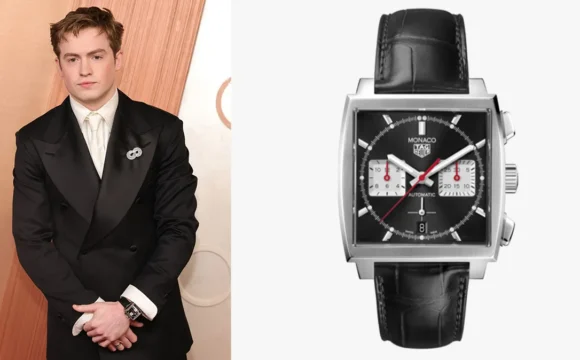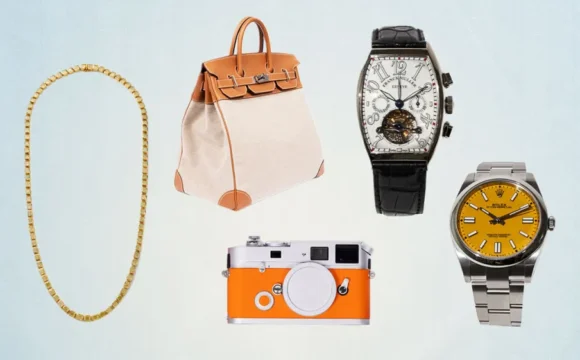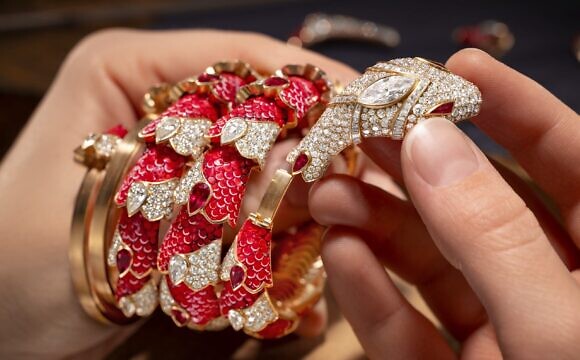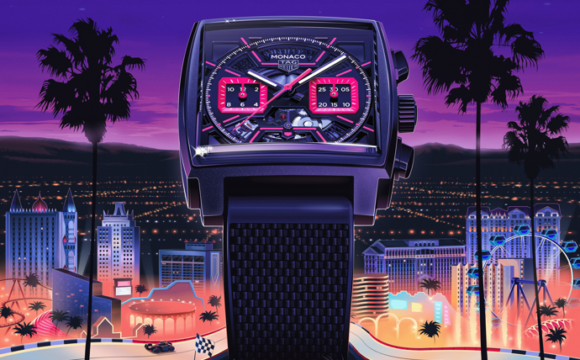Smart Moves
The watchmaking world is experiencing a revolution of the sort it hasn’t seen in decades and it has the launch of the Apple Watch last year to thank – or blame, depending on which camp you are in. The advent of the smartwatch threw the industry, so deeply rooted in tradition and history, into a frenzy. But it hasn’t taken long to adapt. In fact, even before the Apple Watch was officially launched in April 2015, several brands had already pre-empted its arrival by unveiling their own interpretations of smartwatches during the annual Baselworld fair in March.
A year later today, smartwatches no longer seem the novelty (or travesty) they were a year ago. Some brands – mainly those priced for the mass market or known for creating “fashion watches" – have even accepted them as the inevitable 21st century evolution of the mechanical watch, creating dedicated collections for smartwatches that they intend to constantly expand, along with the conventional mechanical lines.
Among the higher-end names, responses have been slightly more tentative. Bulgari unveiled its Diagono Magn@sium concept watch with much fanfare last year. The watch, designed to be a virtual vault capable of storing all of the wearer’s most important personal information, did not see a second version this year. In fact, the jury is still out on whether the first timepiece will transform from concept to reality in 2016. Other brands that were quick to jump on the bandwagon last year yet chose not to follow up with new models this year are Breitling with its B55 Connected and Tag Heuer with its Connected.
But there are some brands that seem more sure-footed about dipping their toes into the smartwatch segment. Frederique Constant, for one. The Horological Smartwatch it debuted in 2015 represented its first foray into the market. The watch connects to an app on the user’s smartphone to monitor sleep and activity levels. It proved to be popular, and estimates put the number of units sold at 16,000. Encouraged by this runaway success, Frederique Constant unveiled a second version of the timepiece this year, with an additional world-timer function that shows a second time zone. Simply sync the watch with the phone, then swap the time on the watch with the new time zone shown on the phone with three clicks on the pusher.
Perhaps no brand is more committed than De Grisogono, which surprised all with the Samsung Gear S2 by De Grisogono, an opulent, diamond-set, limited edition piece that is the only smartwatch in the market created for women. The Swiss jewellery house is expecting clients to fork out US$15,000 for it, by far the highest price of all smartwatches on the market so far. Despite its high price, the watch is, to put bluntly, a Samsung Gear S2 decked out in bling and a customised De Grisogono digital watch face – as with the original Gear S2, the wearer can turn the bezel to access various screens, including news, weather, an activity tracker and a heart rate monitor. Whether this is a wise move will depend on whether the brand manages to sell all 100 units it is planning to make.
No matter what each brand’s take on it is, it’s clear that the smartwatch revolution is here, and it’s not going anywhere. The number of offerings in this segment is likely to increase with every Baselworld fair as more brands figure out how to marry their roots in mechanical watchmaking with the possibilities offered by the digital world. It doesn’t have to be a bad thing – after all, it is apparent that the smartwatch is far from overtaking the good old-fashioned mechanical timepiece, because for most of the brands, mechanical offerings still far outnumber the “smart" ones.

